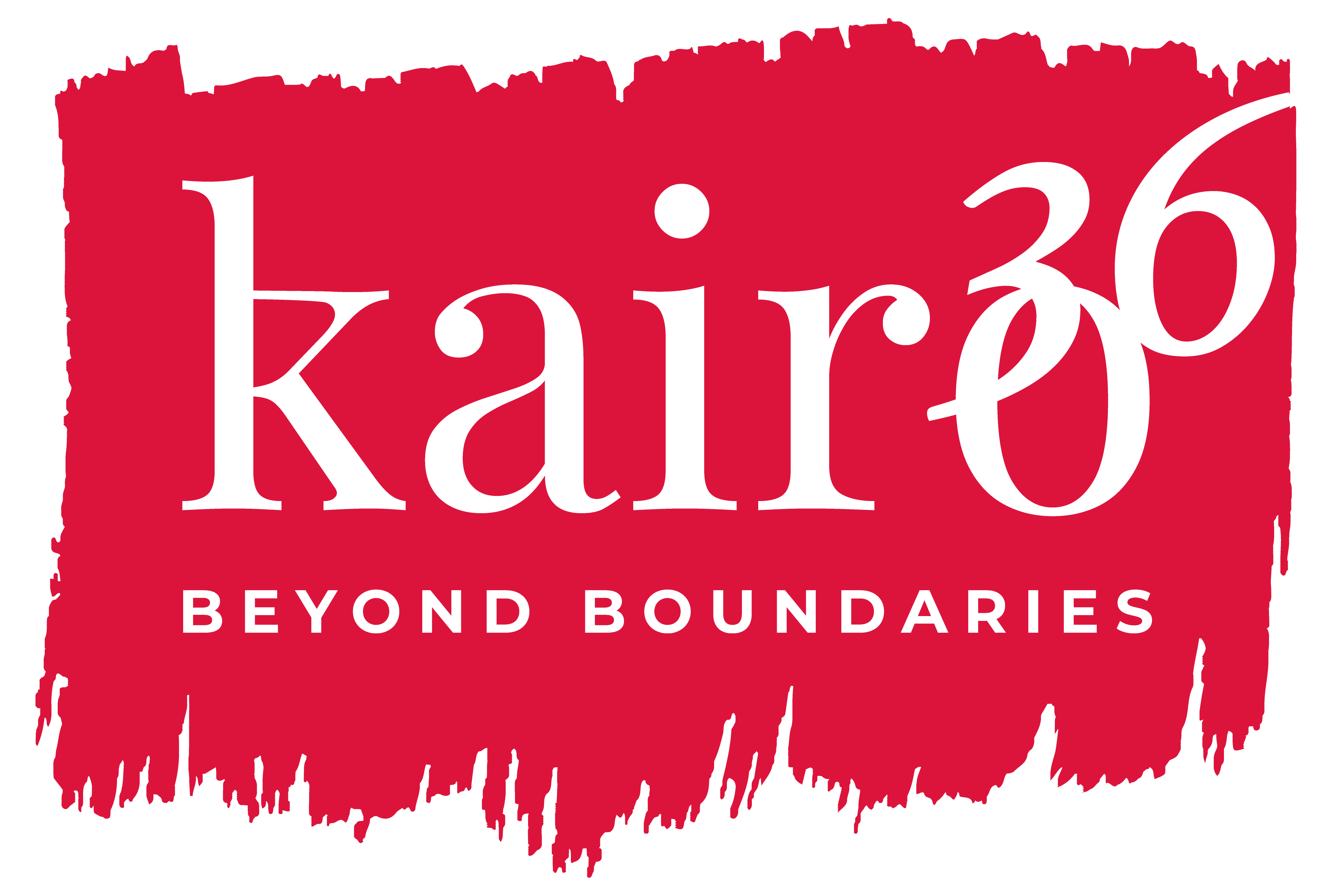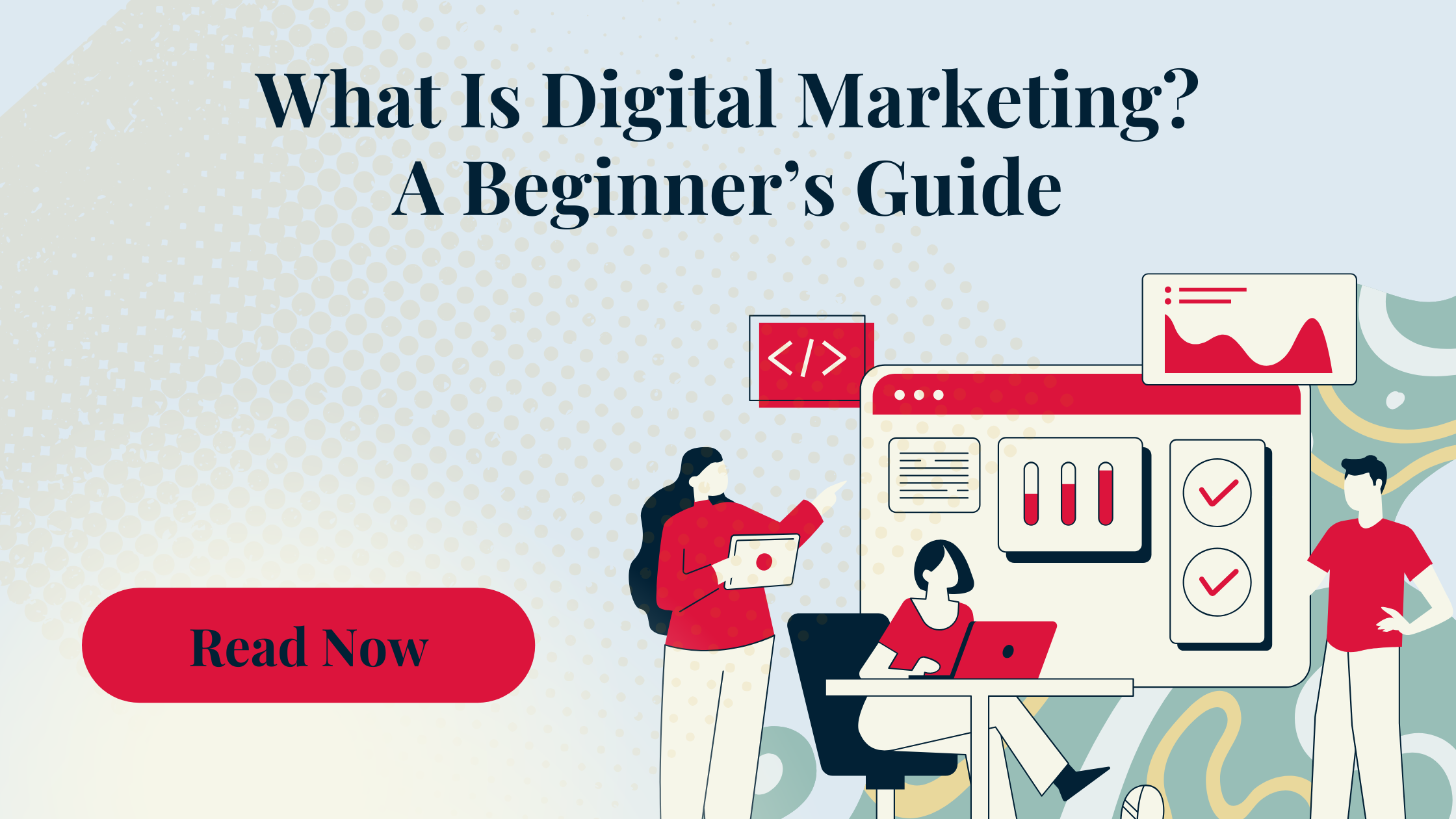What Is Digital Marketing? A Beginner’s Guide
In today’s fast-paced world, the internet has transformed how businesses connect with their audience. Digital marketing, a term that’s become a buzzword in recent years, plays a central role in this transformation. But what exactly is digital marketing? Let’s break it down in simple, human terms.
Understanding Digital Marketing
Digital marketing refers to promoting products or services using online platforms and digital technologies. Unlike traditional marketing, which relies on methods like TV commercials or printed brochures, it takes advantage of the internet, social media, search engines, email, and more to reach customers where they spend most of their time – online.
Why Is Digital Marketing Important?
In the past, businesses had limited ways to advertise. They’d run TV ads, print flyers, or rely on word of mouth. While these methods are still valid, digital marketing offers several unique benefits:
- Wider Reach: The internet connects billions of people. With digital marketing, your message can reach someone across the street or on the other side of the world.
- Cost-Effectiveness: Traditional advertising methods can be expensive. Digital marketing often allows businesses to start with a smaller budget and still achieve great results.
- Measurable Results: With digital marketing tools, you can track the success of your campaigns in real-time. This means you can see how many people clicked your ad, visited your website, or made a purchase.
- Personalization: Digital marketing allows you to tailor your messages to specific groups of people, making your campaigns more effective.
Key Channels in Digital Marketing
Its not just one thing. It includes several strategies and platforms that businesses can use to promote their brand. Here are some of the most popular:
1. Search Engine Optimization (SEO):
SEO is all about making your website more visible on search engines like Google. The higher your website ranks, the more likely people are to visit it. For example, if someone searches for “pizza delivery near me,” SEO helps ensure your pizza business shows up in the results. We have a seperate Blog On seo Click Here to see

2. Content Marketing:
This involves creating valuable content like blog posts, videos, or infographics to attract and engage your audience. For instance, a fitness brand might post workout tips or healthy recipes to connect with its audience.
3. Social Media Marketing:
Platforms like Facebook, Instagram, Twitter, and LinkedIn allow businesses to interact with their audience, share updates, and promote their services. Social media marketing helps build relationships and brand loyalty.
4. Pay-Per-Click Advertising (PPC):
With PPC, businesses pay a fee each time someone clicks their ad. Google Ads is a popular PPC platform, allowing businesses to display their ads at the top of search results for specific keywords.
5. Email Marketing:
Email marketing involves sending personalized messages to potential or existing customers. This could include newsletters, promotional offers, or updates about your business.
6. Affiliate Marketing:
Affiliate marketing lets businesses partner with individuals or other companies to promote their products. Affiliates earn a commission for every sale or lead they generate.
7. Influencer Marketing:
Influencer marketing leverages the popularity of social media influencers to promote products. For example, a skincare brand might collaborate with a beauty blogger to showcase its products.
How to Get Started
If you’re new to digital marketing, it might feel overwhelming. Here’s a simple roadmap to help you get started:
- Define Your Goals: What do you want to achieve? More website traffic? Increased sales? Greater brand awareness? Clear goals will guide your strategy.
- Know Your Audience: Understand who your customers are. What are their needs, preferences, and online habits?
- Choose Your Channels: Focus on the platforms where your audience spends the most time. If your target audience is professionals, LinkedIn might be ideal. For younger audiences, Instagram or TikTok could be better.
- Create Engaging Content: Content is the heart of digital marketing. Make sure it’s relevant, valuable, and tailored to your audience.
- Measure and Improve: Use analytics tools to track your progress. Learn from the data and refine your strategies over time.
Conclusion
Digital marketing is a powerful tool that has revolutionized how businesses interact with their customers. It’s about more than just selling products; it’s about building relationships, providing value, and staying relevant in an increasingly digital world.
Whether you’re a small business owner or just curious about how online advertising works, understanding the basics of digital marketing is the first step to making the most of this exciting field. The best part? The possibilities are endless, and anyone can get started with the right mindset and resources!
Our social media profiles

